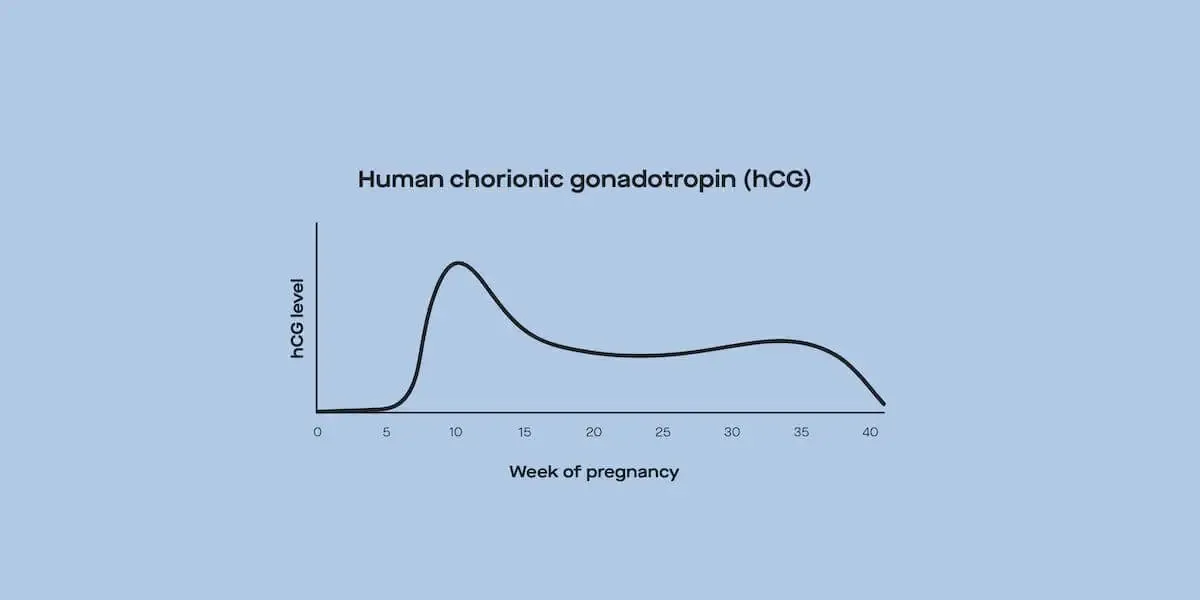Here's what we'll cover
Here's what we'll cover
If you’re pregnant or trying to become pregnant, you may have heard people talking about the importance of folic acid. Typically, your prenatal vitamin will have enough folic acid to cover your needs during pregnancy. Still, it’s helpful to know why it’s so important and other sources of it. Keep reading to find out.
What is folic acid?
Folic acid is one of the B vitamins and is water-soluble, meaning that extra folic acid doesn’t get stored in the body, but instead, leaves the body through the urine. Folic acid and folate are often used interchangeably, but there are some differences between the two forms of vitamin B9.
Folate is the naturally occurring version of the vitamin and may be easier for the body to use. Folic acid is the synthetic form of folate. It’s produced in a lab to be added to nutrition supplements and fortified foods.
Vitamin B9 is used in the body to produce DNA, cells, and red blood cells. Not eating enough folate in the diet during pregnancy interferes with healthy cell growth and development (Khan, 2021).
Why is folic acid important during pregnancy?
As of 2019, neural tube defects (defects of the developing brain, spinal cord, and spine) remain the second most common congenital abnormality, also known as a birth defect (Avagliano, 2019). Around the third or fourth week of pregnancy, the neural tube finishes developing and closes to create the spinal cord and brain.
Researchers discovered that a folate deficiency increases the risk of problems with the neural tube closing.
Spina bifida is one of the more common neural tube defects. This condition results in an area along the spine where the tube doesn’t form entirely, leaving nerves of the spinal cord exposed. Another type of neural tube defect called anencephaly results in problems with the development of the brain and skull.
Infants born with neural tube defects may require multiple surgeries, problems moving, disability, and may not survive depending on the severity of the malformation.
Other research suggests that folic acid supplements may help prevent cleft lip and cleft palate (Kelly, 2012). Cleft lip and palate develop when the lip or mouth doesn’t form fully during pregnancy. Surgery may be needed after birth to correct any malformations of the lip and mouth.
Since the role of folate in neural tube defects and fetal development was discovered, there have been massive supplementation campaigns, including fortifying foods with folic acid. These efforts have helped reduce the number of infants born with these types of conditions.
How much folic acid do you need while pregnant?
Most adults need around 400 micrograms (mcg) of folic acid per day. According to the American College of Obstetricians and Gynecologists (ACOG), the amount of daily folic acid recommendation increases to 600 mcg per day during pregnancy (ACOG, 2021). Recommendations for folate while breastfeeding is around 500 mcg of folic acid daily.
It’s recommended that women who have given birth to a child with a neural tube defect take a higher dose of folic acid. Healthcare providers typically recommend these women take four milligrams (mg) of folic acid daily for three months before becoming pregnant and during the first three months of pregnancy (ACOG, 2021).
If you are pregnant, plan to become pregnant, or have had a child with a neural tube defect, speak with your healthcare provider to confirm how much folic acid you should take.
Food sources vs. dietary supplements
It’s possible to get enough folate from whole foods and fortified foods. Dietary folate is naturally found in foods like:
Green leafy vegetables: spinach, kale, arugula, cabbage, and brussels sprouts
Citrus fruits: oranges, kiwi, and mango
Beans and legumes: black beans, black-eyed peas, chickpeas, lentils, and navy beans
Avocado
Asparagus
Broccoli
Folic acid is added to some foods during processing after government regulations were put into place to help prevent neural tube defects. Many fortified grains and cereals provide most of the daily requirements for folic acid. Examples of fortified foods include:
Bread
Pasta
Rice
Breakfast cereal and oatmeal
While it’s possible to meet your folate needs through diet alone, it’s difficult to know if you’re truly meeting your needs unless you’re tracking the amount in the food you eat. Because of the risks of folate deficiencies for fetal growth, it’s recommended that most women of childbearing age take folic acid supplements.
Folate vs. folic acid supplements
Most types of folate and folic acid need some conversion to be used in the body. However, folate is closer to an active form and is easier for the body to use. Methylfolates are considered the most active form available in supplements, and the body can easily use them (Roffman, 2018).
On the other hand, folic acid may be more difficult for some people to use. For example, people who have the MTHFR gene mutation may have trouble converting folic acid into its active form. People with this mutation have lower activity of the enzymes that transform folic acid, and they may have higher levels of unmetabolized folic acid in their bodies (Golja, 2020).
That means even if they are taking the right amount of folic acid each day, they are still at risk for a deficiency because their body cannot use the vitamin. If this problem is suspected, your healthcare provider may recommend taking a dietary supplement or prenatal vitamin with folate instead of folic acid.
When should you start taking a folic acid supplement during pregnancy?
It’s recommended to take vitamin supplements as soon as possible, even before you become pregnant. If you’re already pregnant, start taking a supplement as soon as you can.
Often, it’s advised for all women of childbearing age to take a folic acid supplement. The neural tube develops and closes during the first few weeks of pregnancy before most women know that they’re pregnant. So, taking a folic acid supplement or a multivitamin with vitamin B9 daily may help to prevent this condition in unexpected pregnancies.
If you’re trying to become pregnant, it may be recommended to start taking a prenatal vitamin to ensure you’re getting all of the nutrients you need for early pregnancy. Talk with your healthcare provider about when to take dietary supplements and the right prenatal vitamin for your needs.
DISCLAIMER
If you have any medical questions or concerns, please talk to your healthcare provider. The articles on Health Guide are underpinned by peer-reviewed research and information drawn from medical societies and governmental agencies. However, they are not a substitute for professional medical advice, diagnosis, or treatment.
American College of Obstetricians and Gynecologists. (2021). Nutrition during pregnancy. Retrieved from https://www.acog.org/womens-health/faqs/nutrition-during-pregnancy
Avagliano, L., Massa, V., George, T. M., Qureshy, S., Bulfamante, G. P., & Finnell, R. H. (2019). Overview on neural tube defects: from development to physical characteristics. Birth Defects Research , 111 (19), 1455–1467. doi: 10.1002/bdr2.1380. Retrieved from https://www.ncbi.nlm.nih.gov/pmc/articles/PMC6511489/
Golja, MV., Šmid, A., Karas Kuželički, N., Trontelj, J., Geršak, K., & Mlinarič-Raščan, I. (2020). Folate insufficiency due to MTHFR deficiency is bypassed by 5-methyltetrahydrofolate. Journal of Clinical Medicine , 9 (9), 2836. doi: 10.3390/jcm9092836. Retrieved from https://www.ncbi.nlm.nih.gov/pmc/articles/PMC7564482/
Khan, K. M. & Jialal, I. (2021). Folic acid deficiency. [Updated 2021 Sep 28]. In: StatPearls [Internet]. Retrieved on Nov. 2, 2021 from https://www.ncbi.nlm.nih.gov/books/NBK535377
Kelly, D., O'Dowd, T., & Reulbach, U. (2012). Use of folic acid supplements and risk of cleft lip and palate in infants: a population-based cohort study. The British Journal Of General Practice: The Journal Of The Royal College of General Practitioners , 62 (600), e466–e472. doi: 10.3399/bjgp12X652328. Retrieved from https://pubmed.ncbi.nlm.nih.gov/22781994/
Roffman, J. L., Petruzzi, L. J., Tanner, A. S., Brown, H. E., Eryilmaz, H., Ho, N. F., et al. (2018). Biochemical, physiological and clinical effects of l-methylfolate in schizophrenia: a randomized controlled trial. Molecular Psychiatry , 23 (2), 316–322. doi: 10.1038/mp.2017.41. Retrieved from https://www.ncbi.nlm.nih.gov/pmc/articles/PMC5599314/












